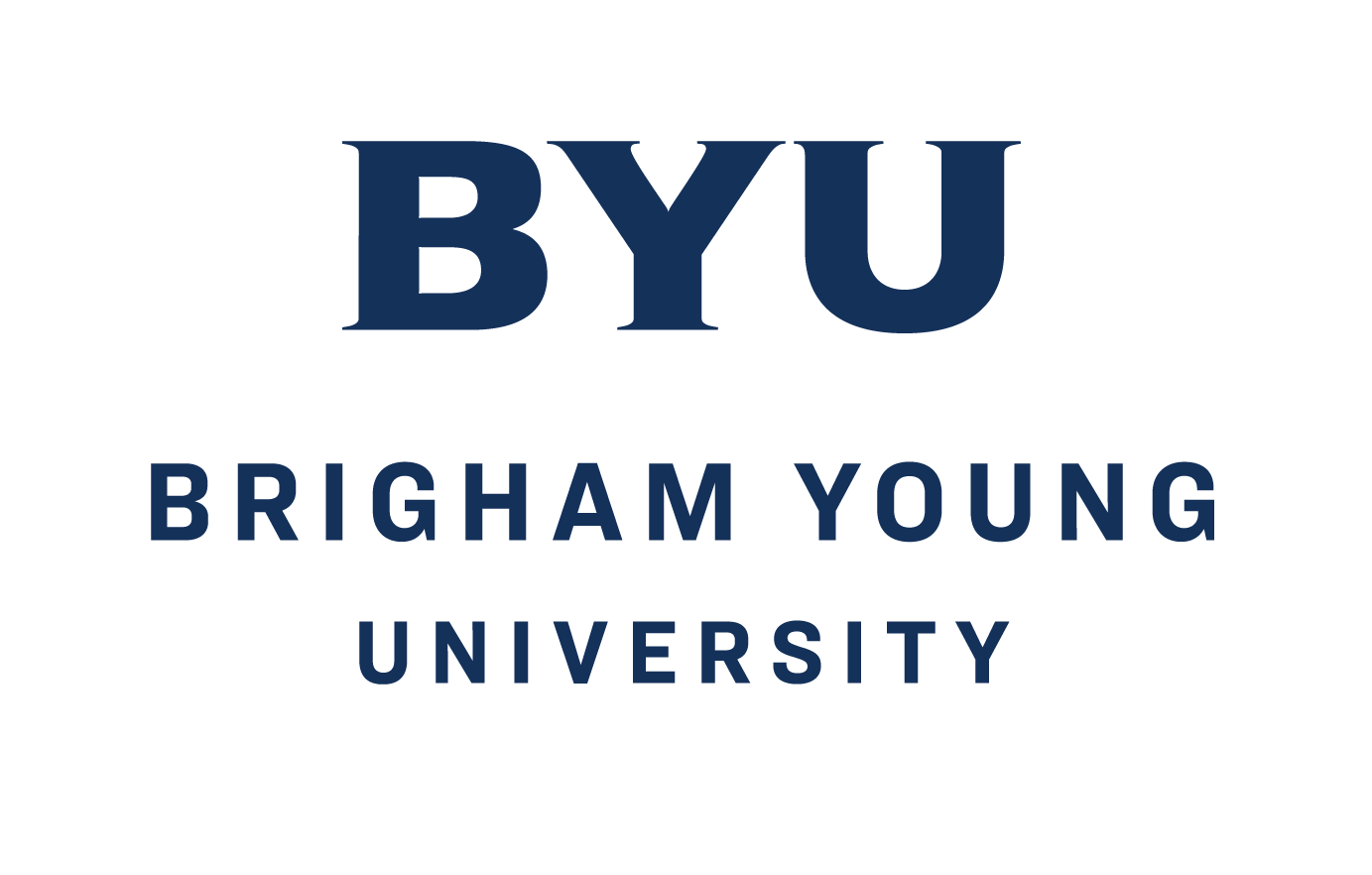A novel device created by Brigham Young University mechanical engineering graduate student Jesse Cannon won him a first-place finish in the graduate division of a competition co-sponsored by the American Society of Mechanical Engineers.
"In evaluating both his written project report and oral presentation, the competition judges from industry and academe consistently praised Jesse's work for its design creativity and technical excellence," said competition coordinator Jim Schmiedeler, an assistant professor of mehcanical engineering at Ohio State University. "The high quality of the other finalists in the competition only adds to the distinction of Jesse's selection as the winner."
His project, "A Compliant Contact-Aided Revolute (CCAR) Joint," can be used in mechanisms that rotate and return to their original position, like a doorknob. Most mechanisms do this by combining several parts together, such as springs and bearings. Cannon's new joint accomplishes the same task using a single part. Sections of the joint are flexible and bend to allow rotation. When bent, they also provide the force necessary to push the joint to its original position.
"I am excited to have won the competition," said Cannon. "Many of the other entries were also deserving of the top award. I worked hard and I'm pleased that the judges were impressed with my research."
The contest was sponsored by ASME, Schlumberger, L-3 Communications, and MSC Software, and winners were selected based on judges' conclusions of written reports and of oral presentations made by contest finalists at the 2004 ASME International Design Engineering Technical Conferences held recently in Salt Lake City.
The CCAR Joint was research for Cannon's thesis and was designed for high precision applications for Sandia National Laboratories, which funded the project.




